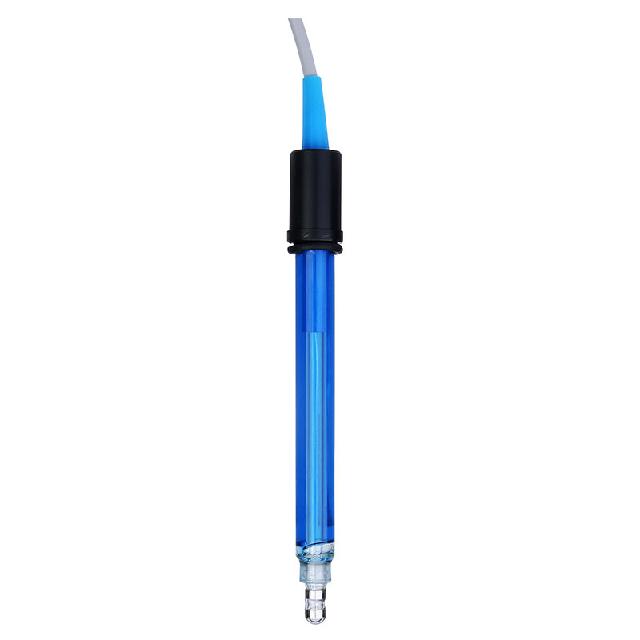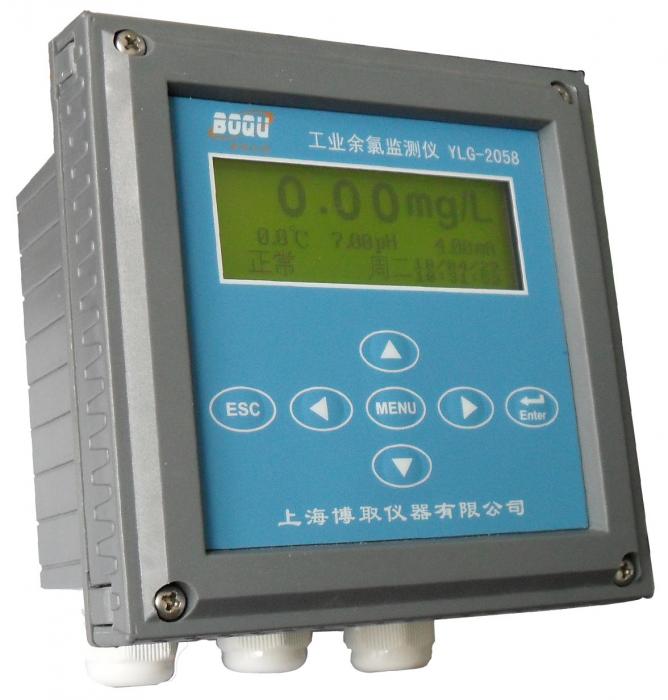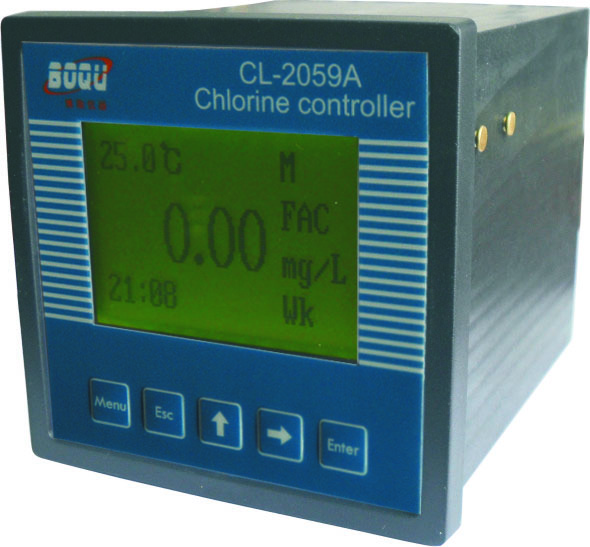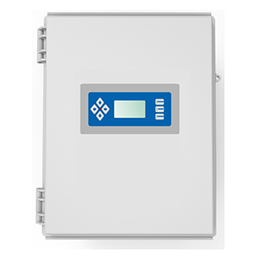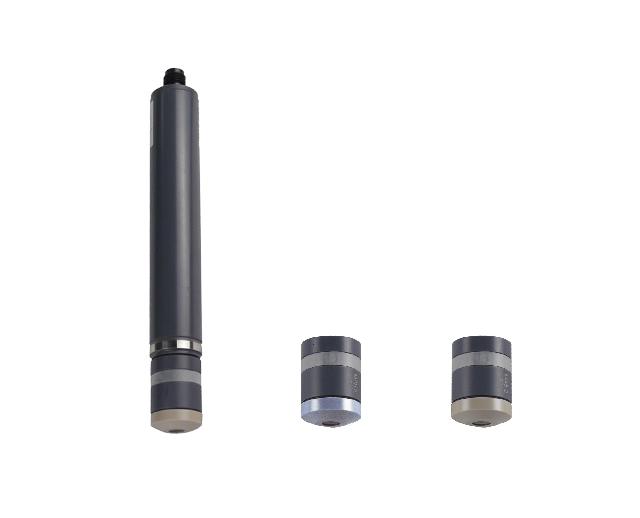| Name: | YLHD-BQ-1 constant voltage method industrial online residual chlorine electrode |
|---|---|
| Measuring range: | 0.005~2.00ppm 0.05~5.00/10.00/20.00ppm0.005~20 ppm (mg/L) HOCl |
| Accuracy: | 2% or ± 10 ppb HOCl |
| Working temperature: | 0~45℃ |
Electrode: glass bulb with platinum inside
Reference electrode: gel with circular contact
Body material: glass
Cable length: 5 meters three-core silver-plated cable
Working pressure: 10bar at 20℃
Dimensions: length 110mm, diameter 12mm
Constant voltage electrodes are used to measure residual chlorine, chlorine dioxide, and ozone in water. The constant voltage measurement method is to maintain a stable potential at the electrode measuring end, and different measured components produce different current intensities under this potential. It consists of two platinum electrodes and a reference electrode to form a micro current measurement system. Residual chlorine, chlorine dioxide, and ozone in the water sample flowing through the measuring electrode will be consumed. Therefore, it is necessary to keep the water sample flowing continuously through the measuring electrode during measurement.
The constant voltage measurement method uses a secondary instrument to continuously and dynamically control the potential between the measuring electrodes, eliminating the inherent resistance and oxidation-reduction potential of the measured water sample, so that the electrode can measure the current signal and the measured water sample concentration A good linear relationship is formed between them, with a very stable zero point performance, ensuring accurate and reliable measurement.
Constant voltage electrodes are used to measure residual chlorine, chlorine dioxide, and ozone in water. The constant voltage measurement method is to maintain a stable potential at the electrode measuring end, and different measured components produce different current intensities under this potential. It consists of two platinum electrodes and a reference electrode to form a micro current measurement system. Residual chlorine, chlorine dioxide, and ozone in the water sample flowing through the measuring electrode will be consumed. Therefore, it is necessary to keep the water sample flowing continuously through the measuring electrode during measurement.
The constant voltage measurement method uses a secondary instrument to continuously and dynamically control the potential between the measuring electrodes, eliminating the inherent resistance and oxidation-reduction potential of the measured water sample, so that the electrode can measure the current signal and the measured water sample concentration A good linear relationship is formed between them, with a very stable zero point performance, ensuring accurate and reliable measurement.

